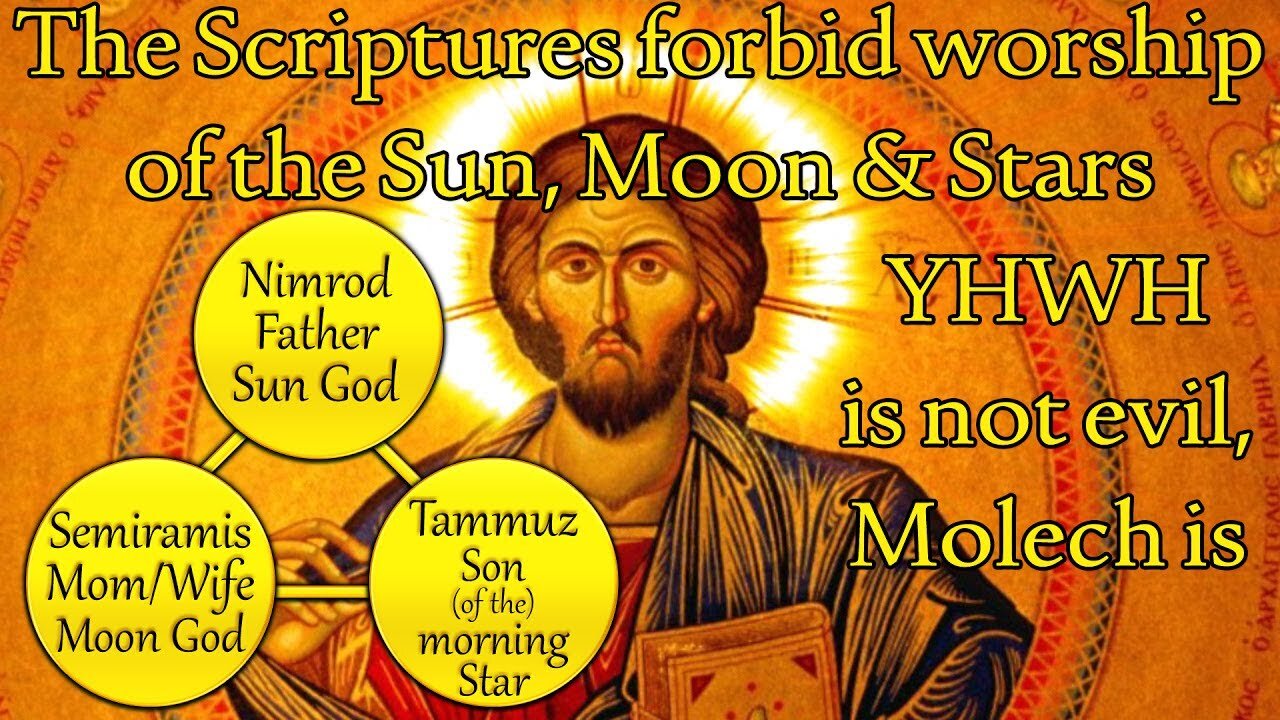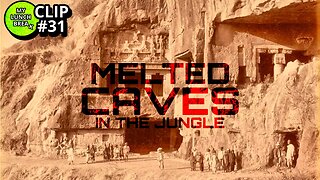Premium Only Content

The Worship of the Moon
Because of its size and also because of the events which accompanied the first appearance of the Moon, many ancient peoples regarded the Moon as the chief of the two luminaries. “The sun was of smaller importance than the moon in the eyes of the Babylonian astrologers.” (1)
The Assyrians and the Chaldeans referred to the time of the Moon-god as the oldest period in the memory of the people: before other planetary gods came to dominate the world ages, the Moon was the supreme deity. Such references are found in the inscriptions of Sargon II (ca. -720)(2) and Nabonidus (ca. -550).(3) The Babylonian Sin—the Moon—was a very ancient deity: Mount Sinai owes its name to Sin.
The Moon, appearing as a body larger than the Sun, was endowed by the imagination of the peoples with a masculine role, while the Sun was assigned a feminine role. Many languages reserved a masculine name for the Moon.(4) It was probably when the Moon was removed to a greater distance from the earth and became smaller to observers on the earth, that another name, usually feminine, came to designate the Moon in most languages.(5)
-
 LIVE
LIVE
LFA TV
15 hours agoTULSI GABBARD CONFIRMATION LIVE! | LIVE FROM AMERICA 2.12.25 11AM
3,803 watching -
 LIVE
LIVE
Caleb Hammer
32 minutes agoThe Most UNHINGED Financial Audit
183 watching -
 LIVE
LIVE
MYLUNCHBREAK CHANNEL PAGE
21 hours agoMelted Caves in the Jungle
381 watching -
 LIVE
LIVE
Bannons War Room
1 year agoWarRoom Live
26,777 watching -
 LIVE
LIVE
Matt Kohrs
9 hours agoCPI Inflation Report, Powell Testifies & Degen Trading || The MK Show
1,543 watching -
 LIVE
LIVE
Wendy Bell Radio
6 hours agoFREE AT LAST
12,225 watching -
 46:00
46:00
BonginoReport
4 hours agoThe Insidious Agenda Behind Pope Francis's Attack on Trump (Ep.138) - 02/12/2025
69.5K188 -
 1:24:22
1:24:22
Graham Allen
4 hours agoEXPOSED! JFK, 9/11, And Epstein Files WILL BE RELEASED! + FEMA Inspector General FIRED!
38.1K21 -
![REP LUNA SAYS THERE WAS A SECOND JFK SHOOTER [EP 4438-8AM]](https://1a-1791.com/video/fwe1/67/s8/1/z/2/f/M/z2fMx.0kob-small-REP-LUNA-SAYS-THERE-WAS-A-S.jpg) 3:28:12
3:28:12
The Pete Santilli Show
17 hours agoREP LUNA SAYS THERE WAS A SECOND JFK SHOOTER [EP 4438-8AM]
19.7K6 -
 1:32:21
1:32:21
Jeff Ahern
2 hours ago $2.24 earnedNever Woke Wednesday with Jeff Ahern
25.8K1